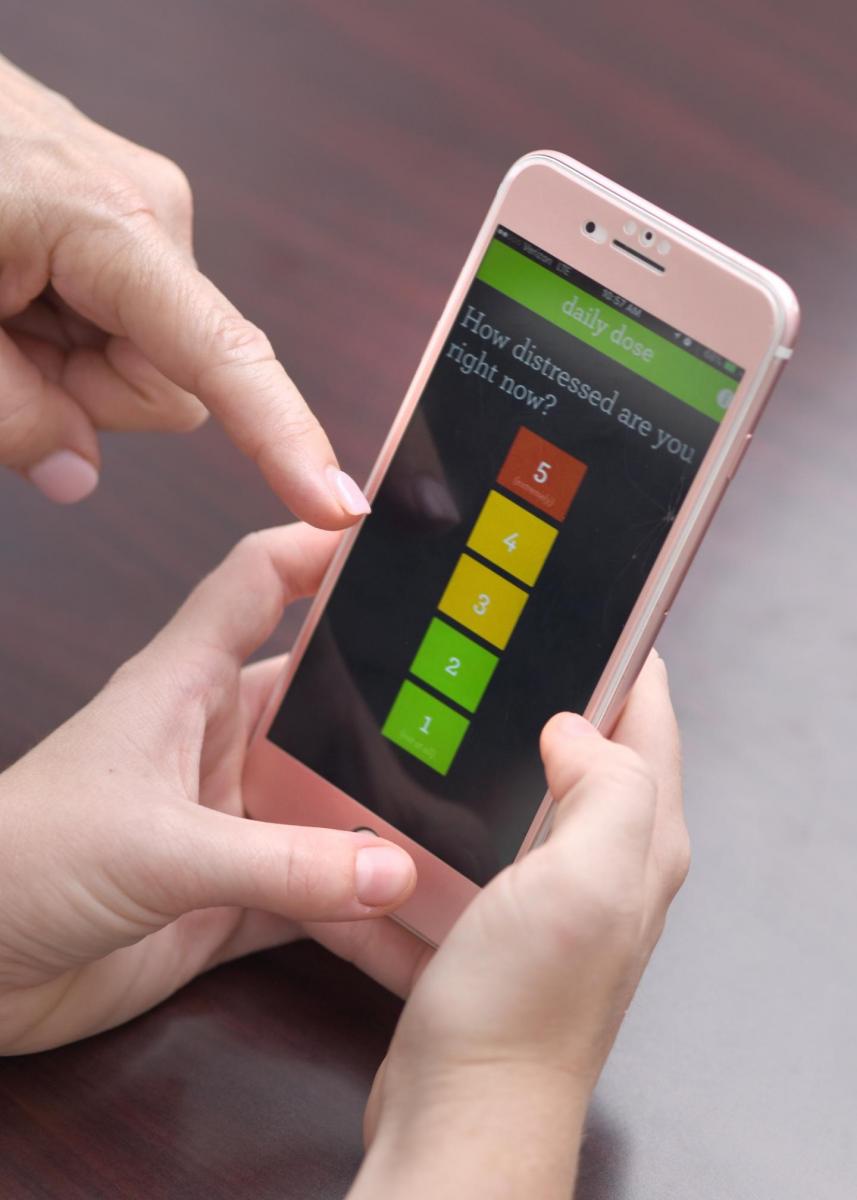
Suicide attempts were less frequent, albeit nonsignificantly, among adolescents who received an inpatient suicide intervention supported in the following weeks by a specialized app, according to a new study published in The American Journal of Psychiatry.
Both the three-hour As Safe As Possible (ASAP) in-person intervention and the app, called BRITE, look to educate patients on various coping strategies, remind them of fond memories and loved ones, and access suicide emergency services if necessary. While the incidence rates observed in the study do not support any definitive claims on the intervention’s efficacy, researchers said the observed reduction and high satisfaction rates reported by the patients warrant additional investigation.
"We hoped that this intervention would promote safety at a vulnerable time, and the preliminary results are promising along these lines,” Dr. Betsy Kennard, professor of psychiatry at University of Texas Southwestern and the study’s lead author, said in a statement.
The study included 66 adolescents aged 12 to 18 years who were hospitalized for suicidal ideation (n=26) or a recent suicide attempt (n = 40). Sutdy participants were primarily female, white, and had moderate to sever depression along with significant measures of suicidal ideation.
 The study team randomly assigned these patients to receive either the standard of care, or the ASAP outpatient intervention and telephone follow-up along with the BRITE app. The app, among other features, messaged users daily to rate their level of emotional distress, and provided various distress tolerance and emotion regulation instruction. In the case of patients self-reporting the highest level of distress, BRITE served a safety plan that included interpersonal support and emergency contact information.
The study team randomly assigned these patients to receive either the standard of care, or the ASAP outpatient intervention and telephone follow-up along with the BRITE app. The app, among other features, messaged users daily to rate their level of emotional distress, and provided various distress tolerance and emotion regulation instruction. In the case of patients self-reporting the highest level of distress, BRITE served a safety plan that included interpersonal support and emergency contact information.
"Those first few weeks between leaving the hospital and receiving outpatient care is a high-risk time for these adolescents," Kennard said. "We're trying to equip them with the tools they need when they become distressed — skills that may not be taught during standard inpatient treatment because there's so much that goes into just stabilizing patients during their few days in the hospital.”
By 24 weeks following discharge, suicide intervention attempts occurred among 16 percent of the 34 patients who received the interventions, as opposed to 31 percent of the 32 who received standard care (p = .17). The researchers also observed a similar effect in regard to the time until a suicide attempt (p = .2). Suicide attempt history was a significant moderator of a patient’s treatment outcome, (p = .03), with the intervention again demonstrating a stronger, but nonsignificant, effect (p = .06).
Seventy percent of participants assigned to the intervention group used the BRITE app at least once, although there was no relationship between app use frequency and suicide attempt risk (p =.59). Patient satisfaction was generally high, but was not different between the two study groups over the course of the study period (p = .1).
The researchers noted that the study’s small sample size and generally homogeneous study population limited the strength of the data as well as its generalizability. However, the results do suggest that the app-backed intervention is not only feasible, but promising for younger patients.
"This approach merits further study," Kennard said. "Focusing on stress tolerance and giving access to positive emotion could be a lifesaving difference for so many patients."



















